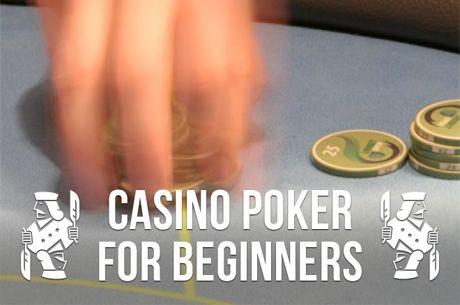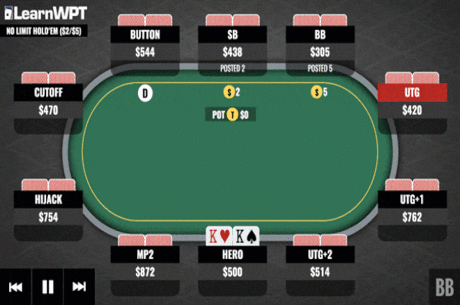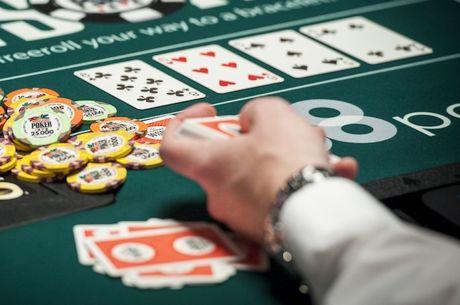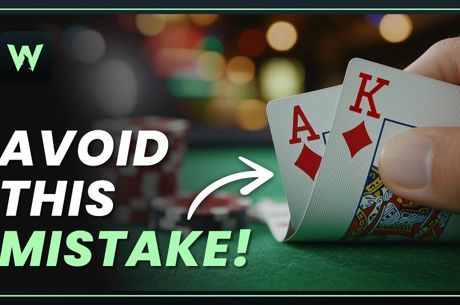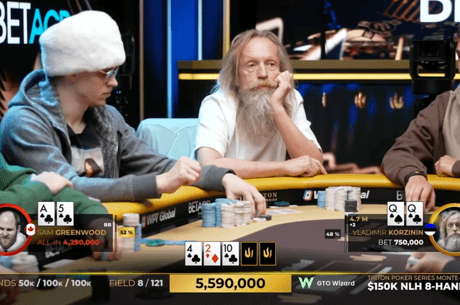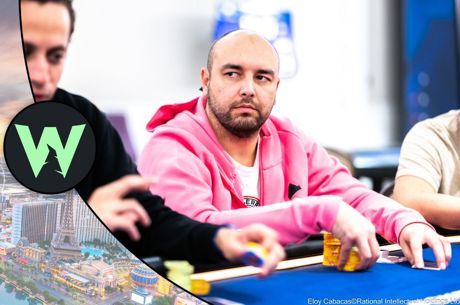First Hand of the Tournament: Playing Pocket Queens vs. a Three-Bet
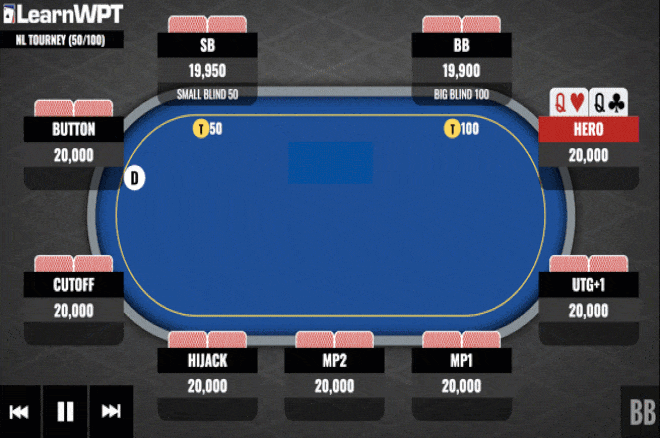
DECISION POINT: In the first hand of a no-limit hold'em tournament at a nine-handed table, you are first to act and raise with Q♥Q♣. It folds around to the button who reraises, and after the blinds fold the action is back on you.
PRO ANSWER: The first thing to do when there is preflop action to us in a hand preflop is to ask ourselves the question "can we call?"
In this case we have a pocket pair that could be played speculatively for set value (you could treat this hand the same as 2x2x for the purposes of preflop calling). There is only one person in the pot so it is not multi-way, but since the button raised us and we were an early position raiser, it's fairly safe to assume our opponent has a very narrow hand range.
Pocket pairs do not require a multi-way way pot to be played profitably as a speculative hand, particularly against narrow hand ranges. The call is also only 3 percent of effective stacks since we are so deep-stacked. This is well below the standard 5 percent threshold for the calling criteria. We know calling should be profitable here even if we only played QxQx purely for set value postflop in all cases.
What about four-betting? Well, against an unknown player we would assume a three-betting range against an early position opener to be something like JJ+, AK and not much wider. We would need the button to be able to reraise us wide enough for hands like 9x9x or AxQx to be included in our opponent's range before four-betting started to become profitable, and even then it is tough to say it would be more profitable than calling.
We should default to calling here, and only if we have opponent specific information that our opponent is three-betting as wide as 77+, AJ+ should we consider reraising as a viable option. This is especially true given the 200-big blind starting stacks — there is significant downside to engaging in preflop raising war against what is likely a narrow hand range.
Calling is the best play.
LearnWPT is a poker training site dedicated to transforming the poker games of rank beginners, skilled amateurs, and aspiring professionals. Offering both Live Workshops and Online Training, is a one-stop shop for poker education, designed to provide all the tools a player needs to become a winner. Visit LearnWPT.com today and get 2 Free Strategy Episodes that will immediately impact how you play. LearnWPT.com - Think Like a Pro!

